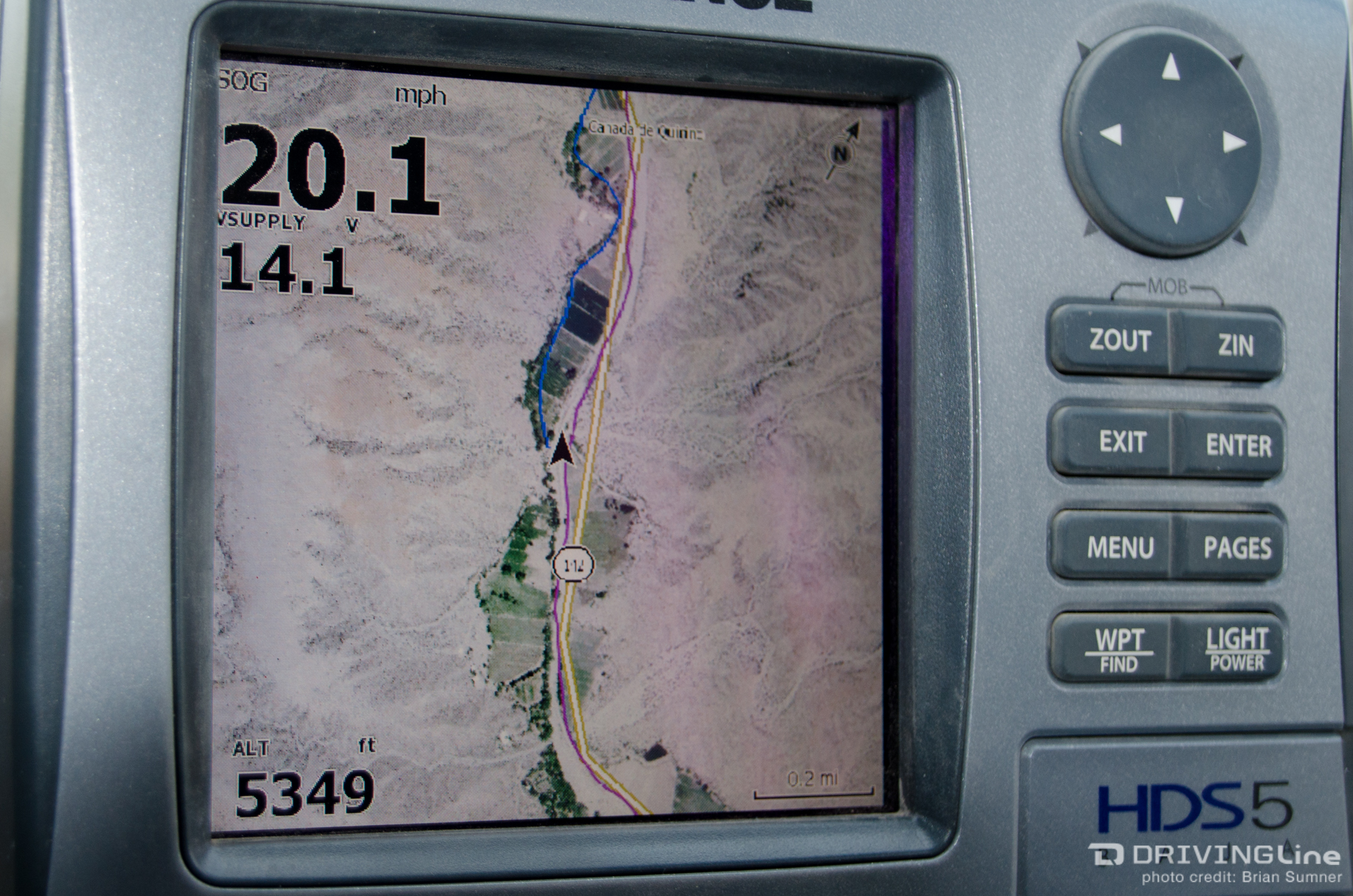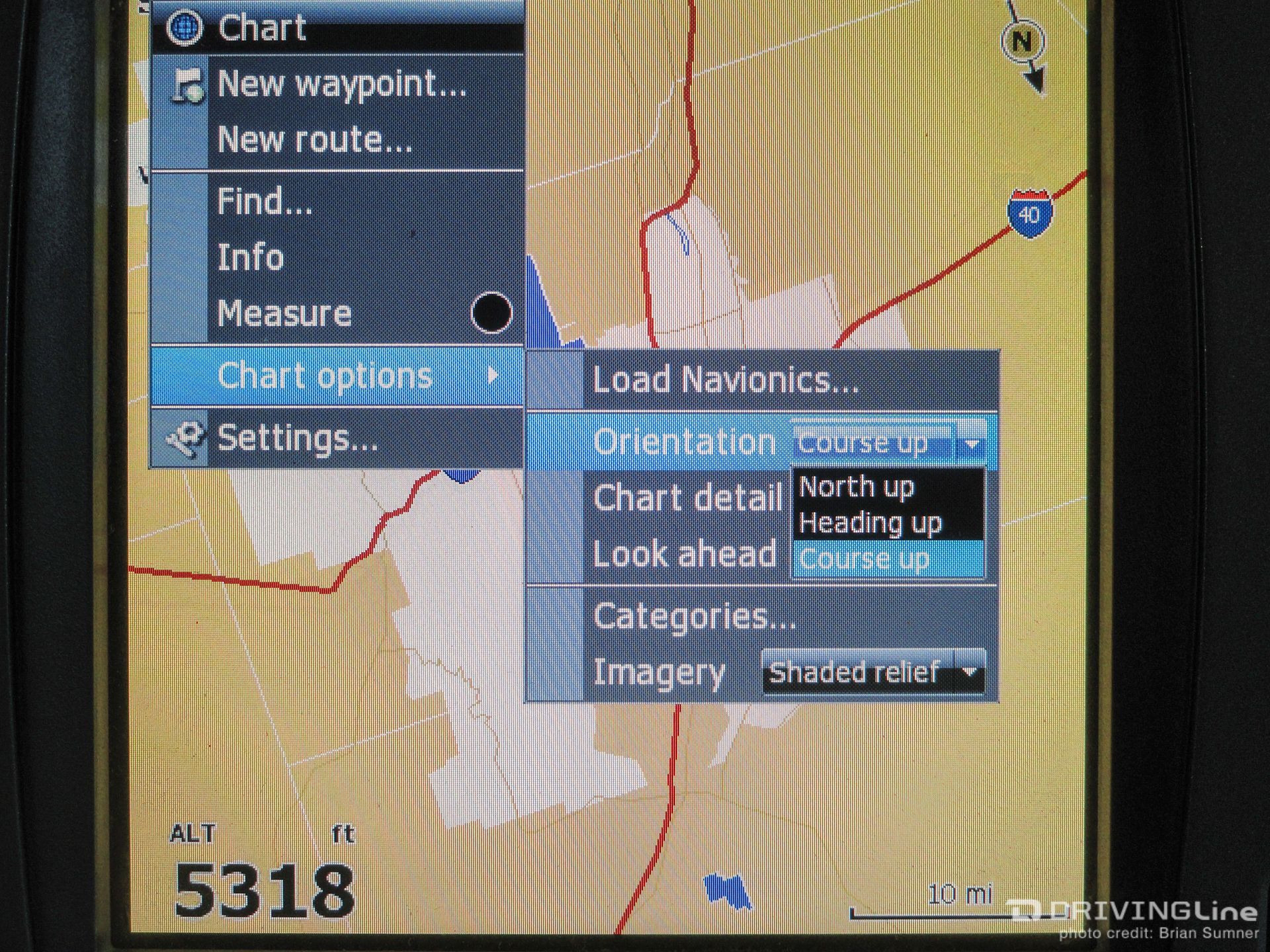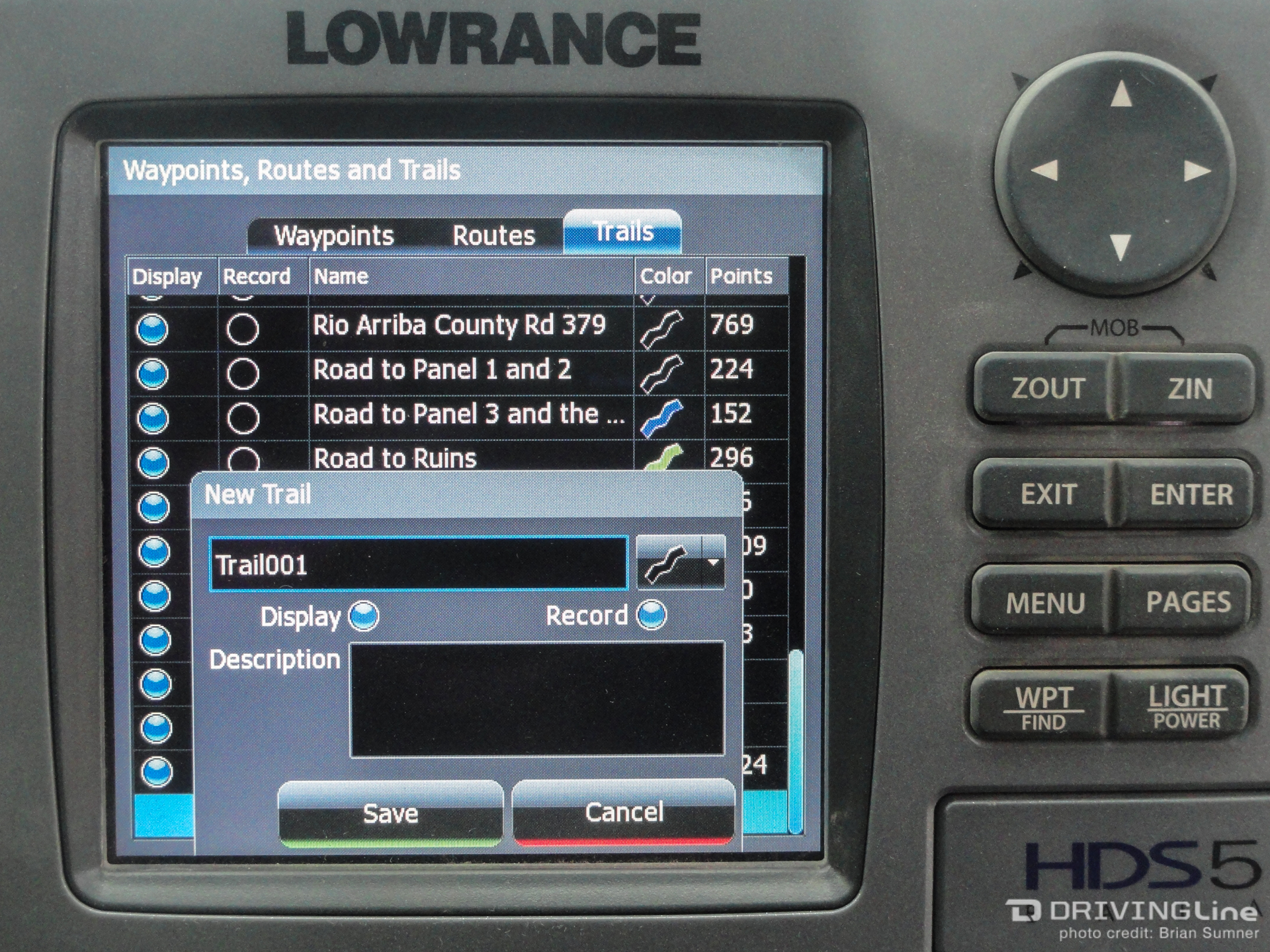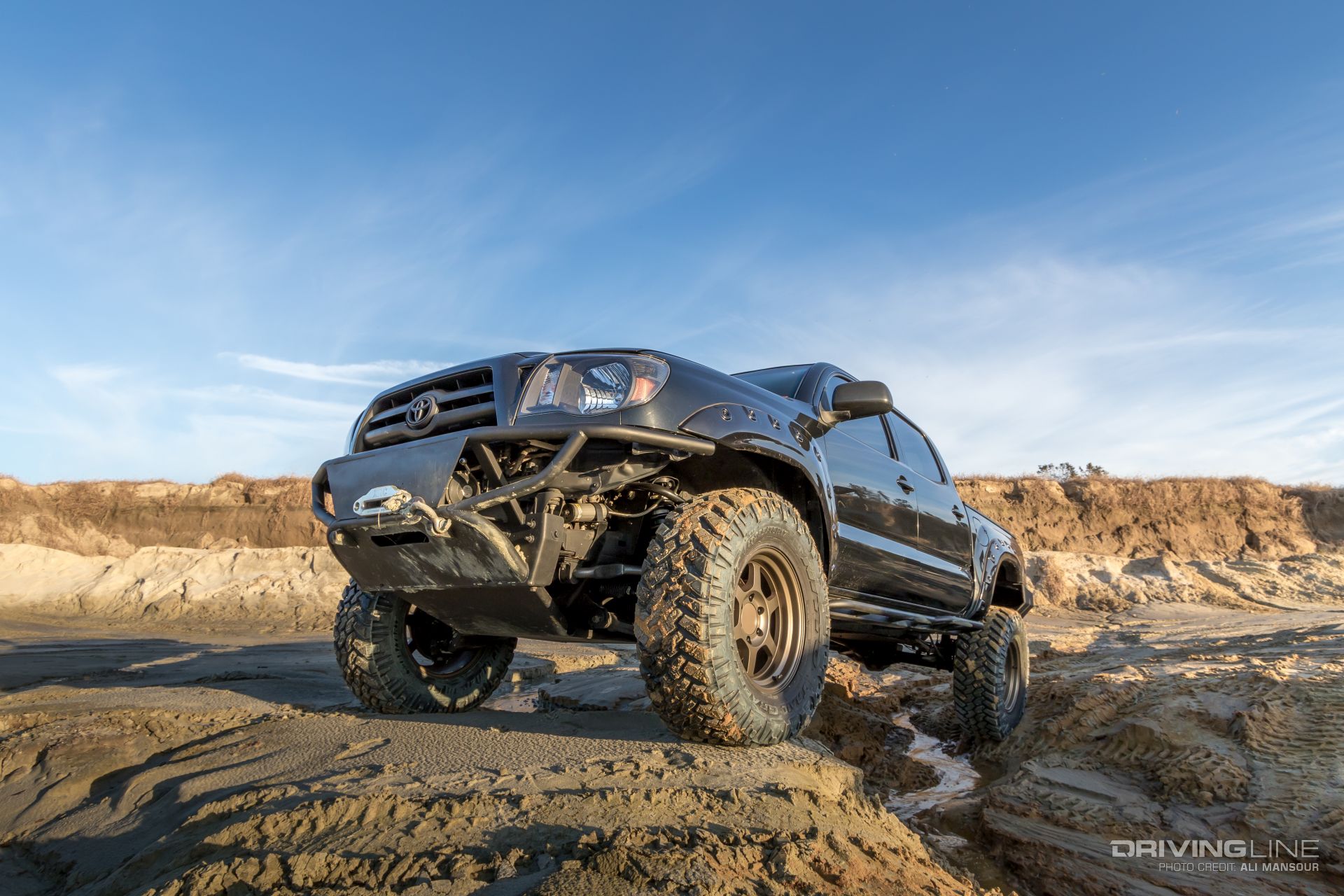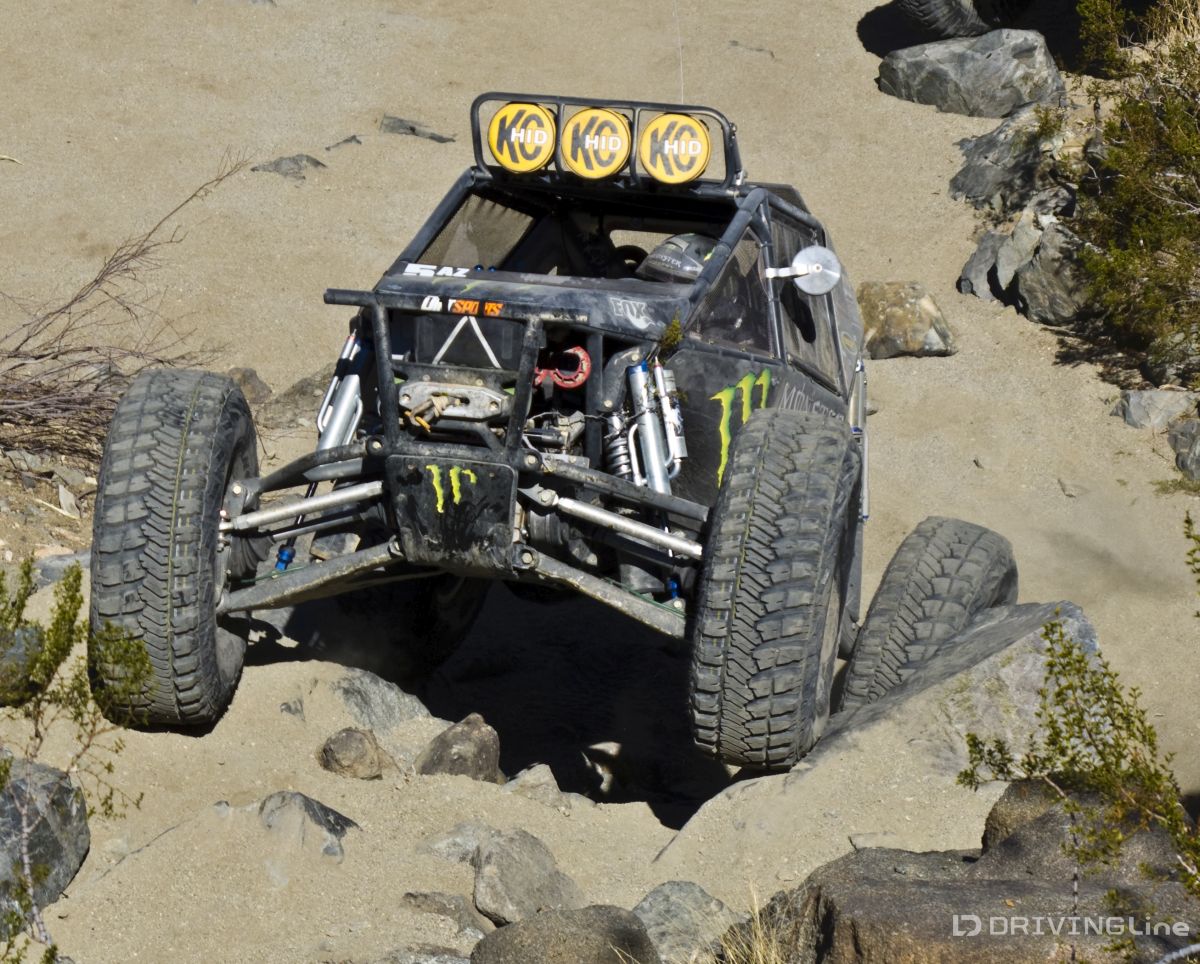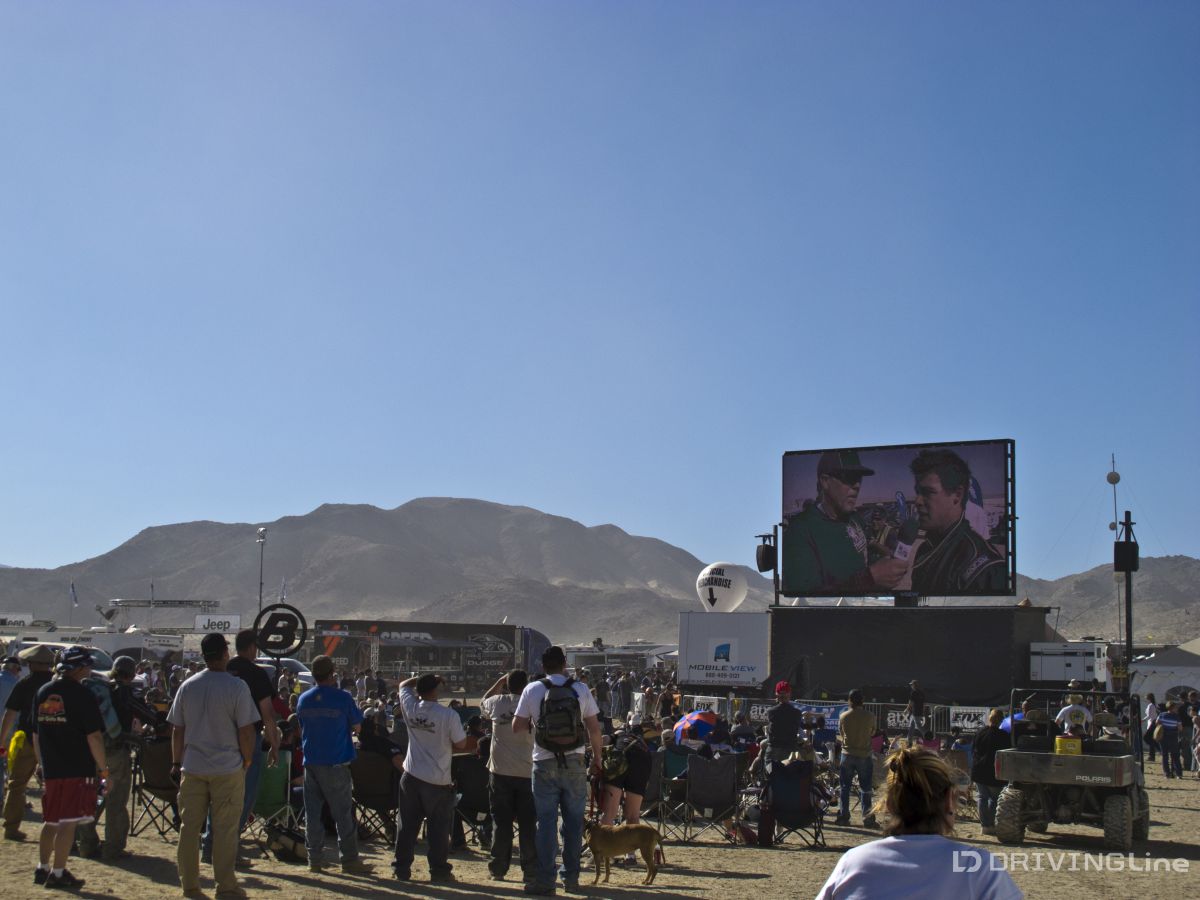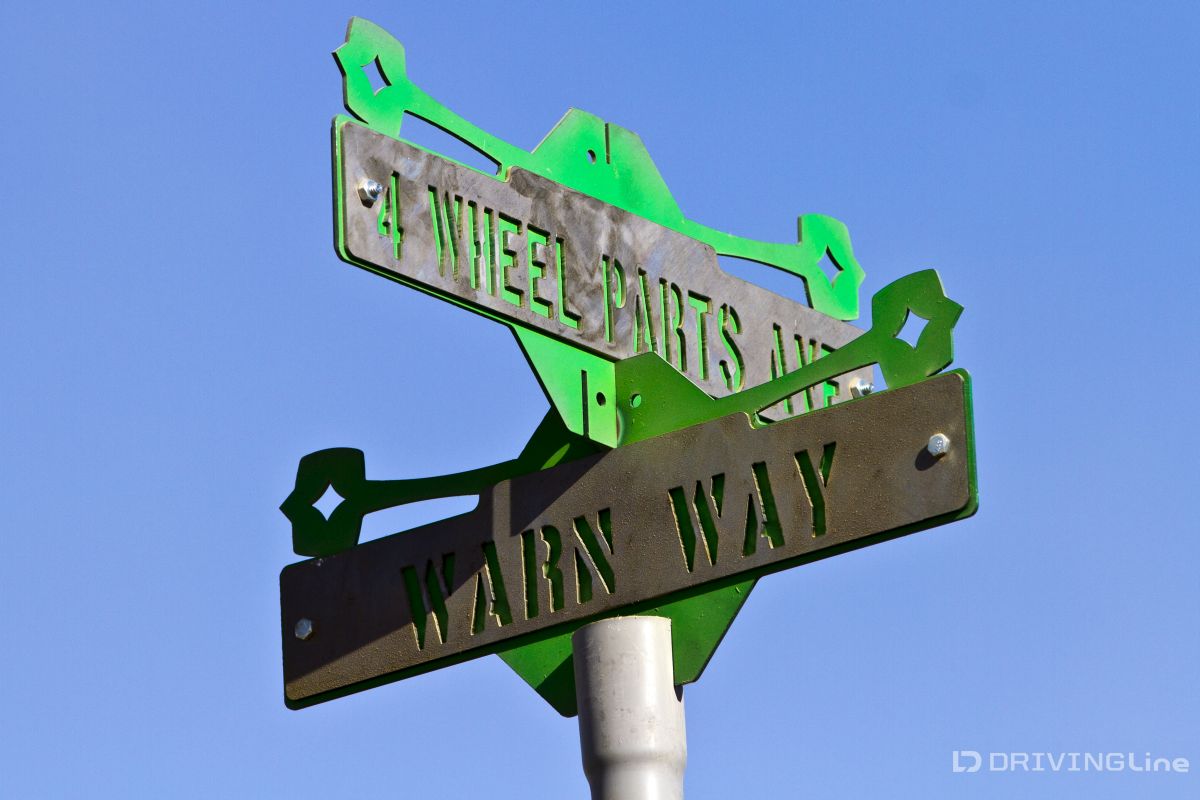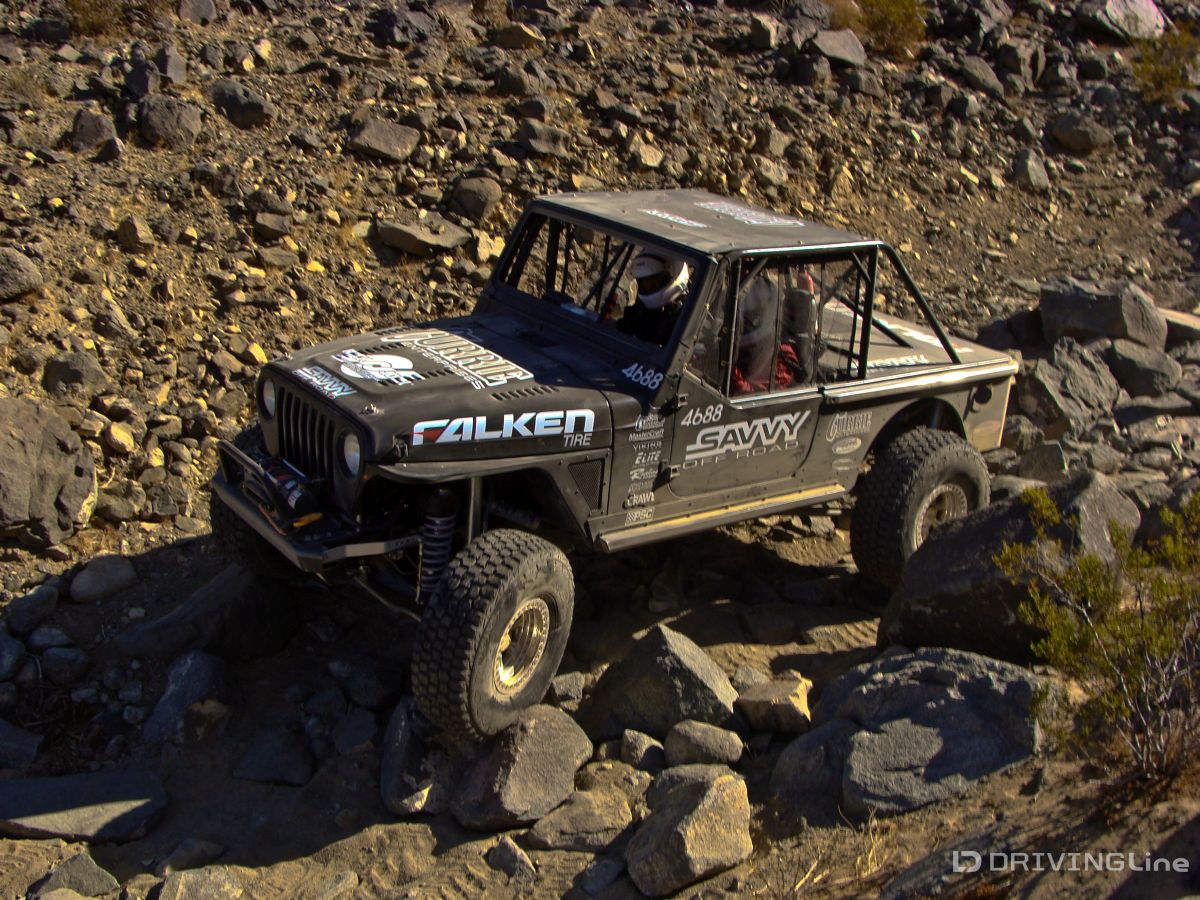Despite being a relative newcomer to events like the Baja 1000 or Mint 400, the Nitto King of The Hammers has already made a name for itself as one of the biggest events in off-road racing. The event is different every year, with the race course consistently getting longer and harder, along with a myriad of other changes, nearly all of which have been for the better.
Looking back, it is hard to believe that an event that is now a week long and plays home to over 50,000 people started as a beer bet between friends on a dry lakebed in 2007. Below is a year-by-year account of how we got from there to where we are today.
Editor's Note: Originally published in 2015, this article has been updated with additional current information.
2007 King of The Hammers
The first year of King of The Hammers there was no purse money, or even a trophy. JR Reynolds won the “beer bet” in his Bronco buggy with portal axles and rear steer. JR beat eleven other racers who are collectively known as the “OG 13”. After other drivers got lost a debate was sparked about whether local knowledge of the Hammer trails was necessary to win the race.
![KOH-history-2007_JohnReynolds-b]()
2008 King of The Hammers
The first “real” year of the race, the bulk of the competitors were still driving rockcrawlers that were completely out of place in the desert and the pits were “hot”, with vehicles blasting through camp at race speeds.
![KOH-history-2008_TomWayes]()
Shannon Campbell showed up with a modified moon buggy that was constructed specifically for rock racing, with Fox bypass air shocks at each corner. Despite starting second to last in the 48 car field, Campbell physically passed all other vehicles to win in dominating fashion.
![KOH-history-2008_BrianShirley]()
2009 King of The Hammers
As interest in KOH grew, Hammerking held a “Last Chance Qualifier” for drivers who had already qualified for the event by being a top 20 finisher the previous year or winning a qualifying event hosted by another sanctioning body, as there was yet no Ultra4 Series.
![KOH-history-2009_Crowd]()
Leading up to the 2009 race, Jason Scherer worked with Mike Shaffer to convert his Campbell Enterprises Pro Mod rockcrawler into a vehicle capable of traveling through the desert at speed. “We didn’t know what we were doing,” Scherer reflects, “but we just kept trying different combinations until we found something that worked.” The effort would pay off for Scherer in victory.
![KOH-history-2009_JasonScherer-b]()
2010 King of The Hammers
![KOH-history-2010_Hammertown]()
Arguably the most storybook ending in King of the Hammers history, an unknown named Loren Healy qualified for the race through the Last Chance Qualifier and didn’t even have time to prerun the the course before race day. He beat rockcrawling veteran Brad Lovell by a mere 29 seconds in the closest KOH finish in history.
![KOH-history-2010_LorenHealy]()
2011 King of The Hammers
Following the California 200 tragedy, where eight spectators died at desert race in Lucerne Valley, the BLM imposes strict new restrictions on spectating at King of The Hammers, resulting in small spectator areas that were overflowing with fans eager to watch the action.
They witnessed Shannon Campbell finally prove the value of his IFS buggy, taking the victory after his third attempt in the car. This was Shannon's second KOH victory, making him the first King to gain the crown twice.
![KOH-history-2011_ShannonCampbell]()
This was also the first year of King of the Motos, and Dave Cole split ways with business partner Jeff Knoll following the 2011 race.
![KOH-history-2011_JeffKnoll-b]()
2012 King of The Hammers
![KOH-history-2012_EMC]()
This was a pivotal year for King of The Hammers, and saw more changes than any other year, before or since. After a year to make improvements on the spectator issue, Dave Cole added a Jumbotron in Hammertown and a full production team that released professional quality videos at the end of each day. The move, while expensive, was a smashing success.
![KOH-history-2012_Jumbotron]()
This was also the first year of qualifying to determine starting order (previous starting was determined by random draw,) with the best known teams qualifying at the end of the day during “Power Hour”.
![KOH-history-2012_Qualifying]()
The Every Man Challenge was introduced in 2012, along with street signs and assigned pit locations in Hammertown.
![KOH-history-2012_StreetSign]()
A young Erik Miller, hailing from Maryland, won the race and demonstrated the wide appeal of Ultra4 racing.
2013 King of The Hammers
Hammertown became more official in 2013, with fences and security surrounding it. These areas were accessible to anyone willing to make a donation to land use and help keep Johnson Valley from being absorbed by the neighboring 29 Palms Marine Base. A short course area was established for the Start/Finish and qualifying moved from Chocolate Thunder to the area west of Hammertown.
![KOH-history-2013_JohnCurrie]()
John Currie won the Every Man Challenge for the second year in a row and Randy Slawson won the main race after qualifying through the LCQ, with orders for his Bomber cars multiplying overnight.
![KOH-history-2013_RandySlawson]()
2014 King of The Hammers
Spectators poured into Johnson Valley earlier in the week in order to watch the Backdoor Challenge, where Southern rock bouncers took on Ultra4 cars and recreational wheelers to see who was the fastest up a ten foot tall dry waterfall.
![KOH-history-2014_BackdoorChallenge]()
In addition to the Stock (4600) and Stock Modified (4500) classes in the Every Man Challenge, identical Spec cars (4700) and a Legends Class (4800) were added, intended for outdated KOH vehicles. John Currie and Gerald Savvy won the Every Man Challenge once again, but announced that they would race in 4400 for the following year.
Despite the proliferation of IFS buggies from Campbell Enterprises, Jimmy’s 4x4, Penhall Fabrication, and more, Loren Healy won again in a traditional solid axleJimmy’s 4x4 buggy.
![Return of the King -- 2014 King of the Hammers]()
2015 King of The Hammers
New advancements including course maps available for download on smart phones, wifi service available for purchase in Hammertown, and VIP camp sites for purchase continue to evolve the KOH experience.
![2015 King of The Hammers Course Map]()
Despite starting first off the line and leading much of the race, Erik Miller suffered a heartbreaking steering failure during his last few miles of a grueling race.
![Erik Miller at 2015 King of The Hammers]()
Randy Slawson would claim the lead, to be the third driver with two Hammers titles. Slawson's day started off in 44th place but he steadily progressed until it was he and Miller vying for first.
![Randy Slawson - Winner of 2015 King of the Hammers]()
2016 King of The Hammers
With the largest pre-entry for the race to date, a number of drivers came to Johnson Valley with vendettas to settle. Hammertown grew in numbers and the media coverage continued to increase as well.
For Bailey Campbell who'd unofficially finished Hammers the year before, coming in after the cut-off time, she succeeded at being just the third woman to finish KOH in the 4400 class and the first to come in the top 5... all at just 19 years old.
![Bailey Campbell Finishes 5th at 2016 King of The Hammers]()
Loren Healy came seeking to win the only race the Red Dragon hadn't yet conquered. After setting a starting position in first next to Jason Scherer, Loren's race was off to a good start until the engine chewed up a belt, and then another, sending Healy jogging back to his pits. The mechanical issues ended up being deeper and Loren's day was cut short.
![Loren Healy at 2016 King of The Hammers]()
Erik Miller had perhaps the biggest vendetta to settle. The past two years, seeing almost-there wins, left him hungry and determined. Everything came together for he and his Miller Motorsports team as he overcame mechanical issues while also picking off competitors from his 27th starting position to finish first and claim the title a King for the second time.
![Eric Miller Wins 2016 King of The Hammers]()
2017 King of The Hammers
With more and more of the world hearing about Hammers, it only continues to grow. This year's races are full of new or re-built cars and a lot of very determined racers.
Stay tuned with Driving Line's 2017 KOH week coverage here to see who will soar to new heights - could this year see its first 3-time King?
Prologue: Desert Racers Who Tried Their Hand At KOH
![KOH-history-Sidebar_RobbyGordon]() Before it was the powerhouse event that it is today, King of the Hammers courted famous desert racers to come try their hand in Johnson Valley to gain respect for Ultra4 racing and increase media exposure. All of these drivers are incredibly talented, but their results at KOH have not reflected that. Whether it was skills that did not translate to the rocks or vehicles that could not handle the abuse, none have seen the finish line. (As of 2014 event.)
Before it was the powerhouse event that it is today, King of the Hammers courted famous desert racers to come try their hand in Johnson Valley to gain respect for Ultra4 racing and increase media exposure. All of these drivers are incredibly talented, but their results at KOH have not reflected that. Whether it was skills that did not translate to the rocks or vehicles that could not handle the abuse, none have seen the finish line. (As of 2014 event.)
- Robby Gordon
- BJ Baldwin
- Rob MacCachren
- Brian Deegan
- Curt LeDuc
- TJ Flores
- Roger Norman
- Ricky Johnson

























